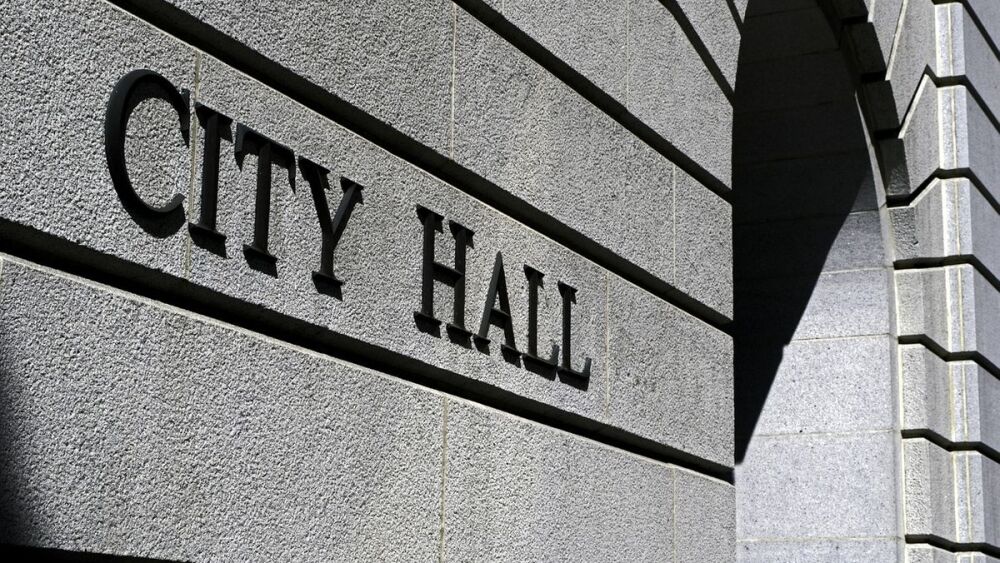By Winston Edmondson
SiliconANGLE
We knew that Tropical Storm Bill was brewing. We knew it was going to cause some serious damage. Technology told us so. We have access to state of the art weather analytics and forecasting, and all of that useful data is available at our fingertips, from any number of smartphone apps. Take, for example, the current weather emergency in Texas and Oklahoma. Meteorologists accurately predicted the formation of a tropical storm in the Gulf of Mexico. Their estimate of when it would hit the coast was spot on. Typically, when a tropical storm hits land, it weakens. Here in Texas, because last month was the wettest May in the history of wet Mays, weather experts warned that Tropical Storm Bill might not weaken when it reached our shores. The conditions were perfect for a Brown Ocean, a rare weather phenomenon that occurs when the ground is so saturated that the warm moisture on land is similar to the conditions at sea. The data suggested that Texas was very likely in Brown Ocean mode, and sure enough, Tropical Storm Bill grew stronger when it hit land. The technology used by meteorologists can take a wide range of variables, crunch the numbers, and reliably predict what the weather is going to do. Citizens can use a variety of weather apps to stay on top of things, but when it comes to severe weather, many look for official updates from their city officials.
Municipalities are starting to take advantage of technology to communicate with citizens, especially during emergencies, like when the record breaking rainfall caused Lewisville Lake, in Lewisville, Texas, to rise to dangerously high levels. City Councilman TJ Gilmore discussed the communication channels used by the City, saying, “We reach out to citizens using Facebook, Twitter, and email, as well as broadcast, voice, and text messages, based on the severity of the emergency. We also use our GIS services, Google Maps services, and GPS on city vehicles to coordinate our teams throughout the city.”
Josh Roberts, the City of Lewisville’s Emergency Management Coordinator expanded on that, saying, “It takes a multi-pronged, team approach to rapidly deliver potentially life-saving messages.” Roberts discussed the city’s use of outdoor warning sirens, social media, reverse emergency phone notifications, and digital billboards. He also discussed Lewisville’s brand new, crowdsourced, online Damage Report system that uses technology from Google. “While we generally feel we have a good idea of where damages occur, our philosophy is that our community is a resource, and part of our team, so this Damage Report Form is an attempt to harness the community as a resource for impact/damage assessment purposes.”
Read full coverage here.


